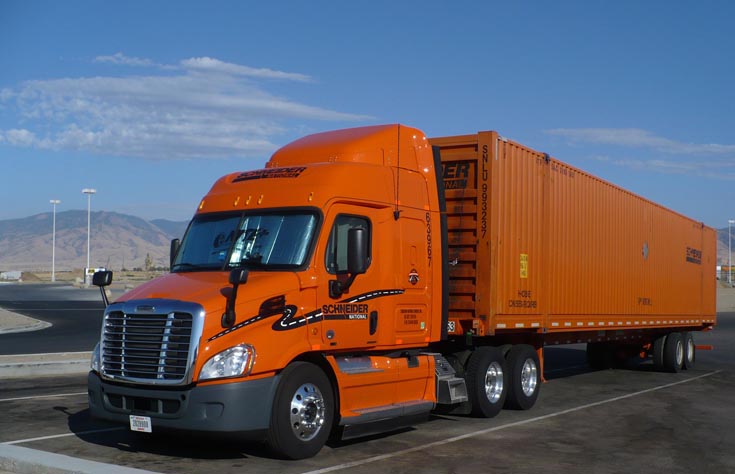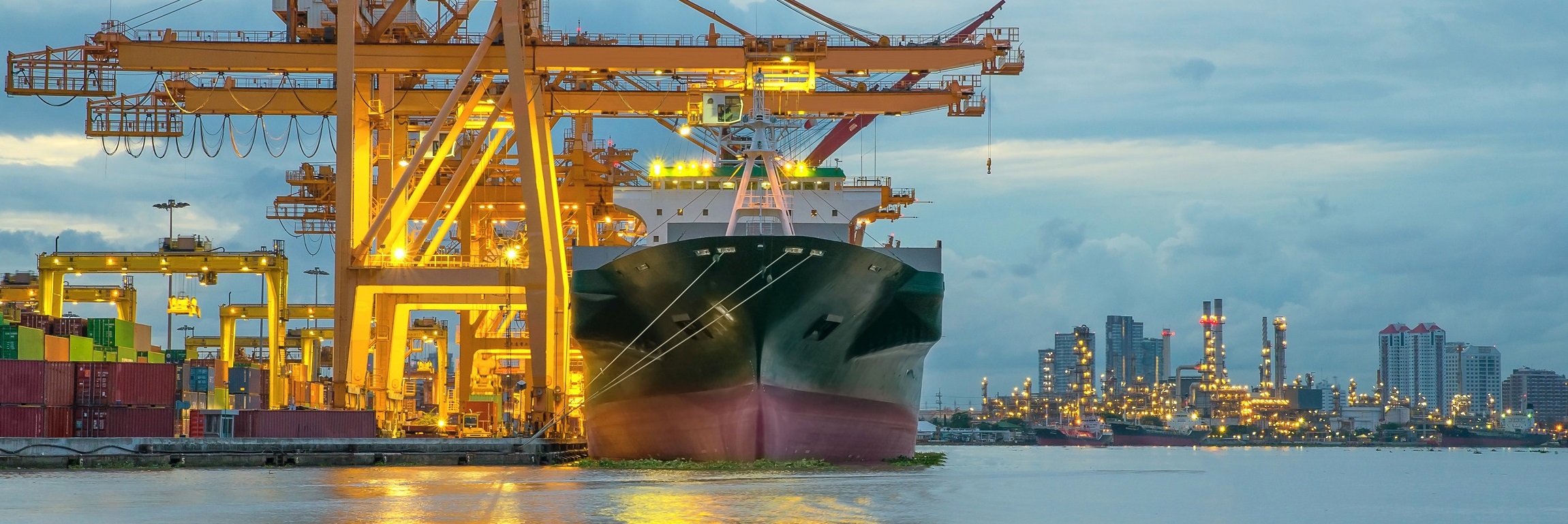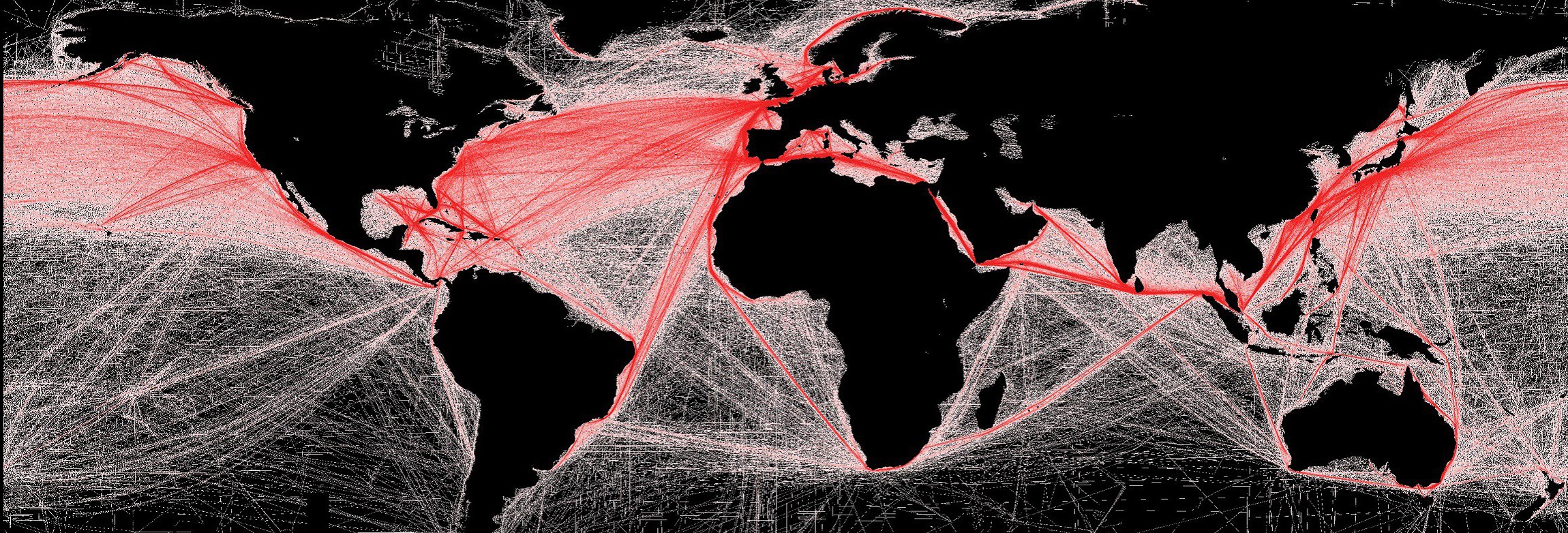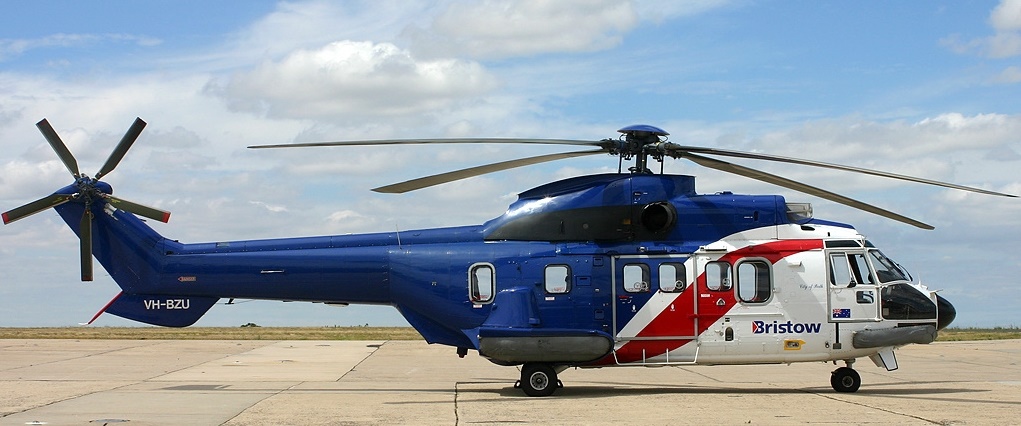BTS Statistics Release: September 2016 North American Freight Numbers
BTS Statistics Release: September 2016 North American Freight Numbers
Two transportation modes – rail and air – carried more U.S. freight by value with North American Free Trade Agreement (NAFTA) partners Canada and Mexico in September 2016 compared to September 2015 as total freight on all modes decreased 2.3 percent to $91.1 billion in current dollars, according to the TransBorder Freight Data released today by the U.S. Department of Transportation’s Bureau of Transportation Statistics (BTS). The total value of cross-border freight has declined from the same month of the previous year in 20 of the past 21 months beginning in January 2015 with only an increase of 0.7 percent in August 2016.
Freight by Mode
The value of commodities moving by rail and air increased 8.0 percent and 3.4 percent respectively, while the value of freight carried on other modes decreased: truck, 3.8 percent; pipeline, 5.2 percent and vessel, 6.8 percent. Trucks carried 64.7 percent of U.S.-NAFTA freight and continued to be the most heavily utilized mode for moving goods to and from both U.S.-NAFTA partners. Trucks accounted for $30.1 billion of the $48.8 billion of imports (61.7 percent) and $28.9 billion of the $42.4 billion of exports (68.1 percent). Rail remained the second largest mode by value, moving 15.9 percent of all U.S.-NAFTA freight, followed by vessel, 5.4 percent; pipeline, 4.9 percent; and air, 4.1 percent. The surface transportation modes of truck, rail and pipeline carried 85.5 percent of the total value of U.S.-NAFTA freight flows.
U.S.-Canada Freight
From September 2015 to September 2016, the value of U.S.-Canada freight flows fell 4.4 percent to $46.2 billion mainly due to decreases in the value of goods moved by vessel and pipeline. All modes of transportation except rail carried a lower value of U.S.-Canada freight than a year earlier. Trucks carried 59.6 percent of the value of the freight to and from Canada. Rail carried 16.4 percent followed by pipeline, 9.0 percent; air, 5.1 percent; and vessel, 2.9 percent. The surface transportation modes of truck, rail and pipeline carried 85.0 percent of the value of total U.S.-Canada freight flows.
U.S.-Mexico Freight
From September 2015 to September 2016, the value of U.S.-Mexico freight decreased 0.04 percent to $44.9 billion despite four modes of transportation – pipeline, rail, air, and vessel – carrying a higher value of U.S.-Mexico freight than a year earlier. Truck, which accounts for 69.9 percent of the value of freight to and from Mexico, was down 4.0 percent. Freight carried by pipeline increased by 15.3 percent, rail by 12.9 percent, air by 10.9 percent, and vessel by 7.1 percent. Rail carried 15.4 percent of the value of freight to and from Mexico followed by vessel, 7.9 percent; air, 3.1 percent; and pipeline, 0.8 percent. The surface transportation modes of truck, rail and pipeline carried 86.1 percent of the value of total U.S.-Mexico freight flows. See BTS Transborder Statistics Release for summary tables and additional data. See North American Transborder Freight Data on the BTS website for additional data for surface modes since 1995 and all modes since 2004.
Source: BTS 60-16 Advisory
Tuesday, November 29, 2016
Contact: Dave Smallen
Tel: 202-366-5568
david.smallen@dot.gov















